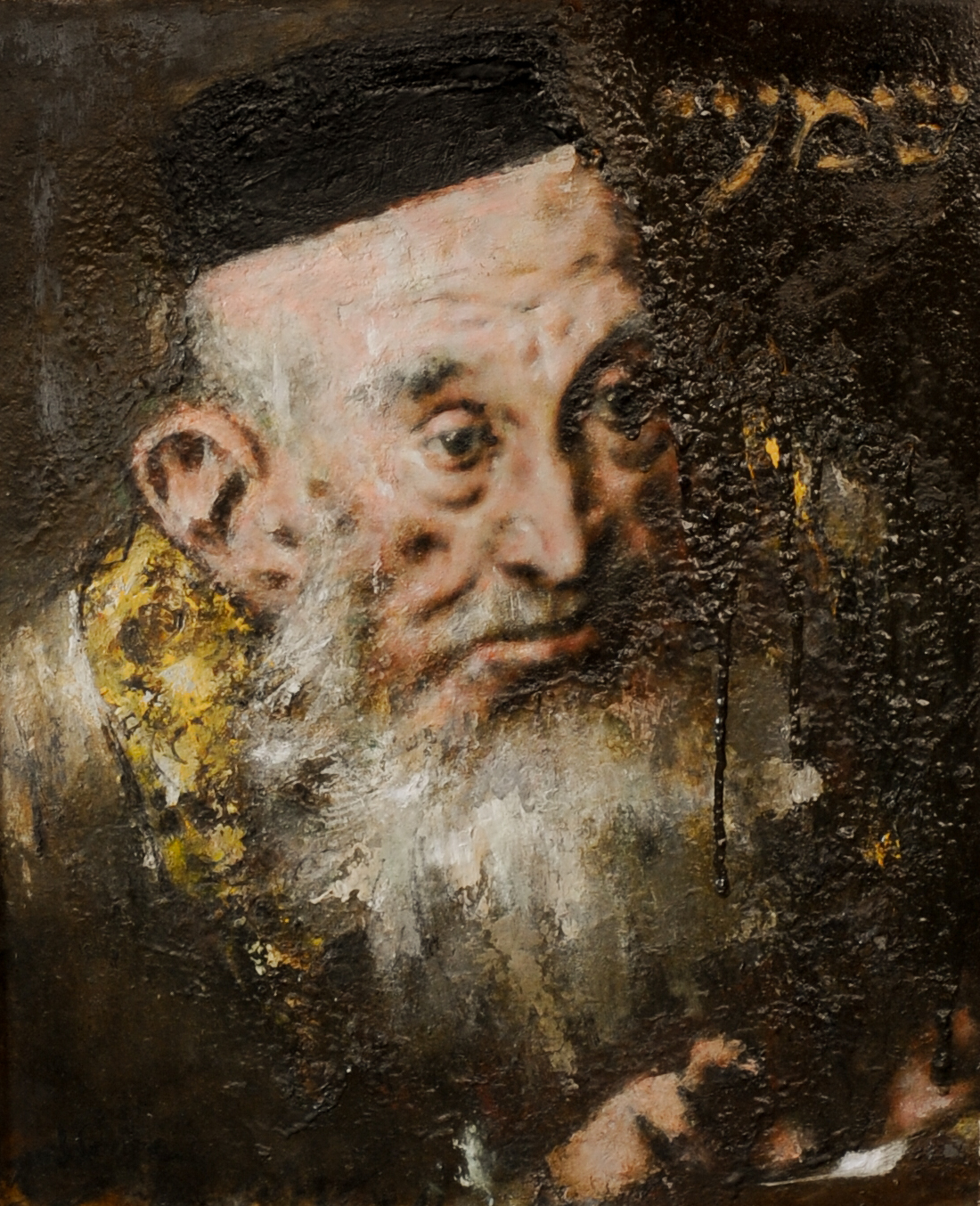Jack Levine
Jack Levine (1915-2010) was a Boston Expressionist and Social Realist painter known for his acerbic political commentary and biblical narrative scenes done in the style of the Old Masters. His artistic aim was to “defend the innocent and flay the guilty,” a goal many would say he achieved — when Welcome Home, Levine’s biting critique of the U.S. military, was displayed as part of an exhibition of American art in Moscow in 1959, President Dwight D. Eisenhower expressed his displeasure with the work, refusing to acknowledge it as art. “You get denounced by the president of the United States,” Levine remarked, “you’ve hit the top.”
Levine was the youngest of eight, born in South Boston to Jewish immigrant parents from Lithuania. In his early years he studied art alongside fellow Boston Expressionist Hyman Bloom, first under Harold Zimmerman at a Jewish settlement house in Roxbury, then, starting in 1929, under Harvard art professor Denman Ross, who gave the pair studio space and a pension of $12 a week. Levine’s early education was focused on technical draftsmanship and the Old Masters like Titian, Velazquez, Goya, and El Greco.
Levine joined the WPA in 1935; by 1936, two of his works (Brain Trust and Card Game) had been exhibited at the MoMA, and in 1937 he earned international recognition with The Feast of Pure Reason, a portrait of political and police corruption which MoMA almost didn’t display out of fear it might offend museum donors.
1939 was a pivotal year for Levine: he held his first one-man show at Edith Halpert’s Downtown Gallery, a gallery associated with artists like Ben Shahn, Charles Sheeler, and Stuart Davis. That same year Levine’s father died, spurring him to create a series of portraits of Jewish sages and kings done in the style of Rembrandt, quite different from the exaggerated, distorted satires he was known for.
In 1942 Levine was drafted to join the Army in WWII; in 1946 he married artist Ruth Gikow and moved to New York City. While Abstract Expressionism swirled up around him, Levine stuck to his figurative expressionism, documenting the civil rights movement, experimenting with printmaking in the 1960s, and turning to Old Testament narratives in the 1980s. The Boston ICA and The Jewish Museum held retrospectives for him in 1952 and 1978, respectively. Today Levine’s works are held at the Met, MoMA, and the Art Institute of Chicago.
